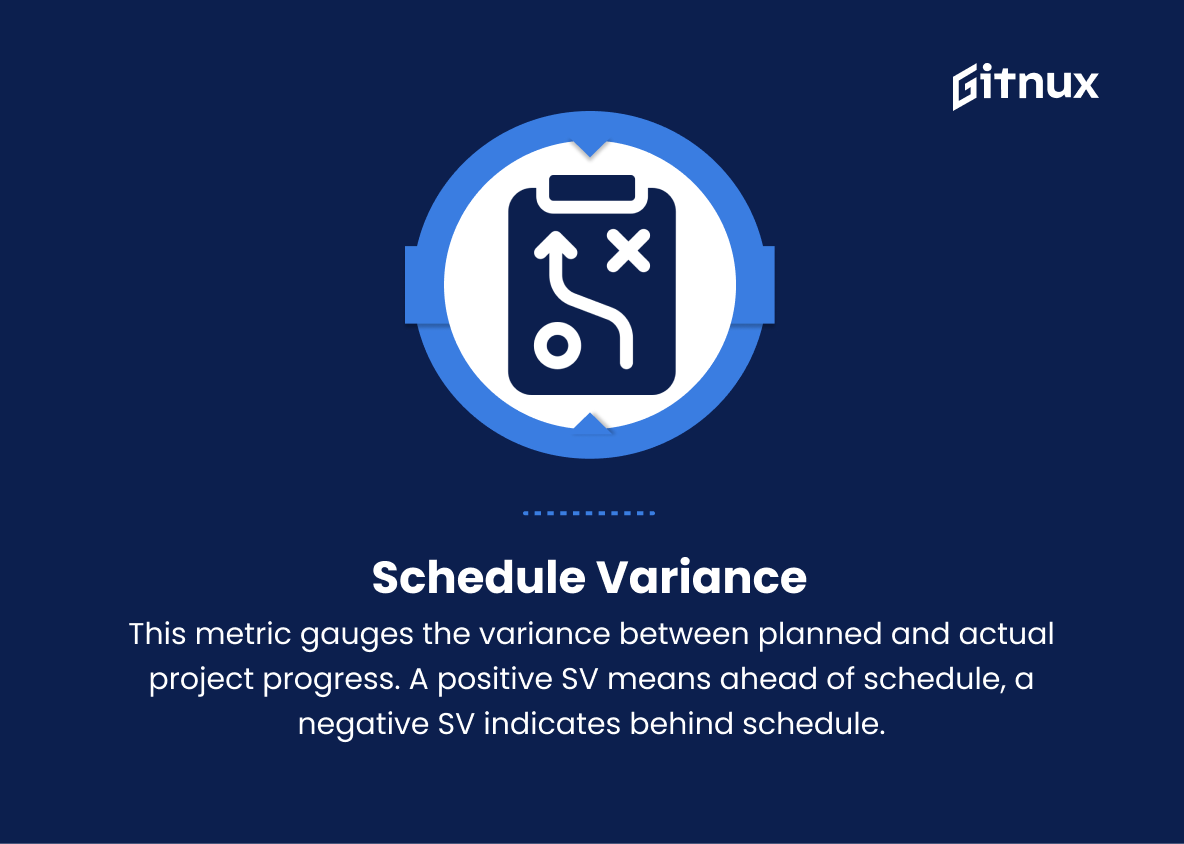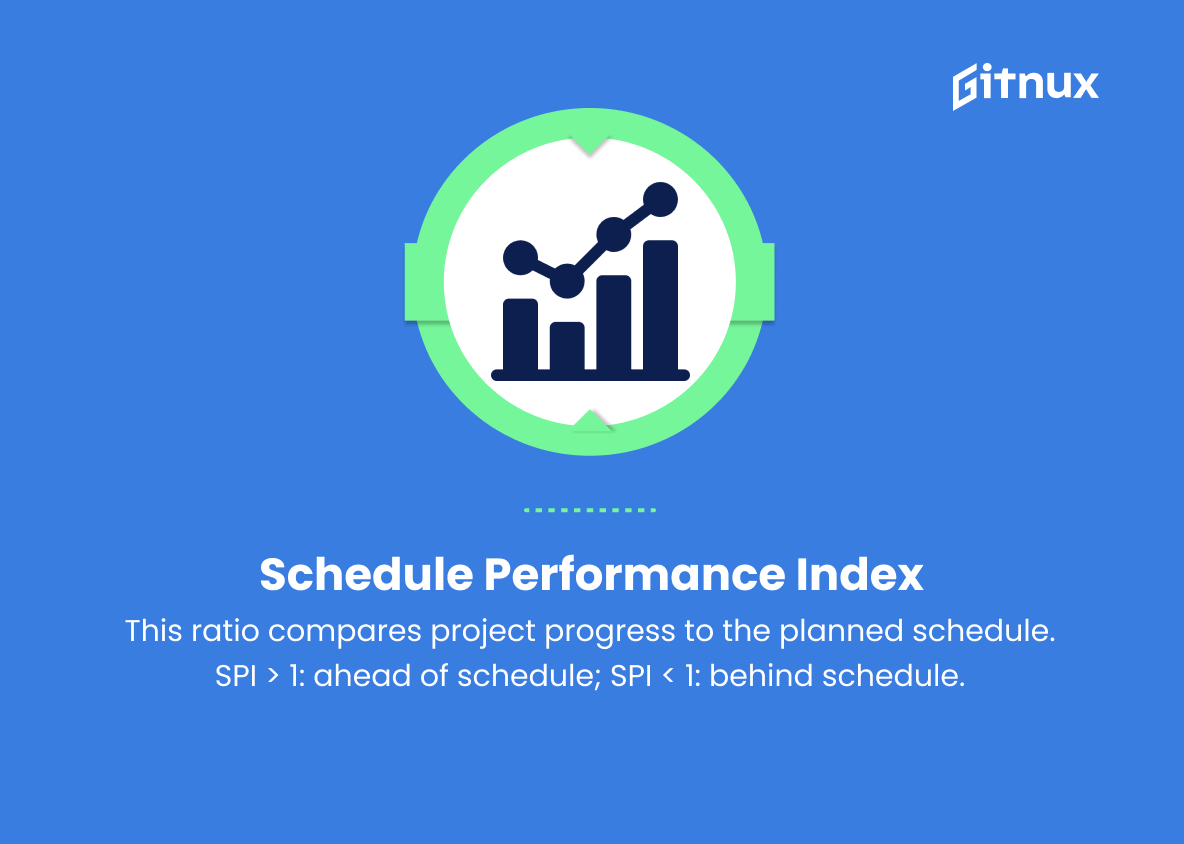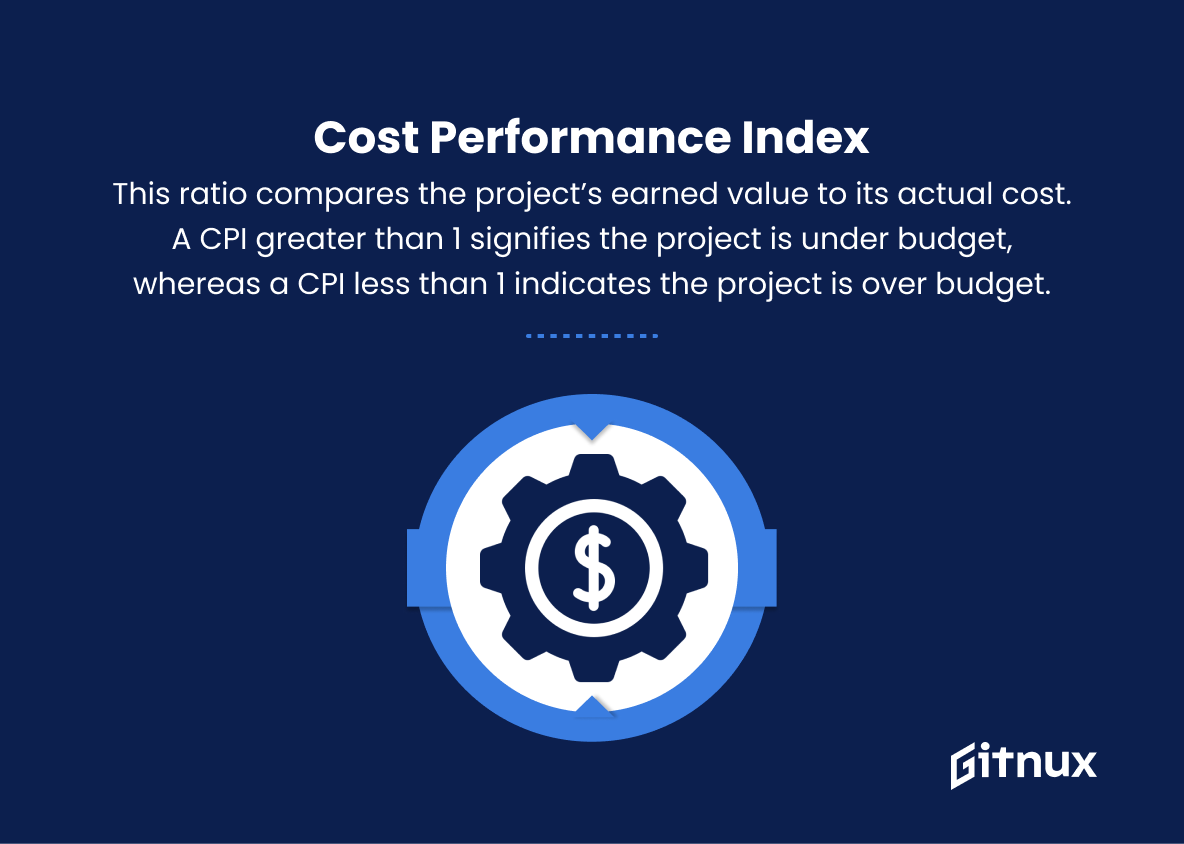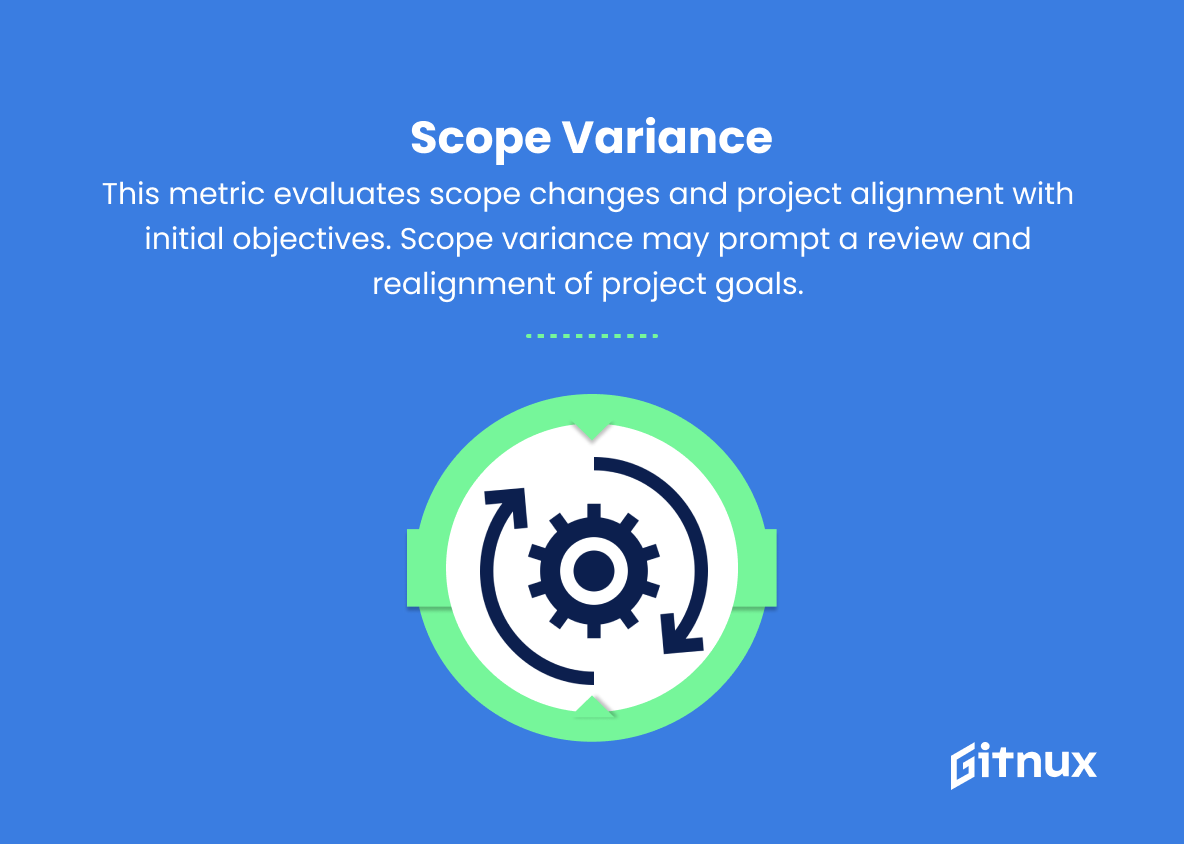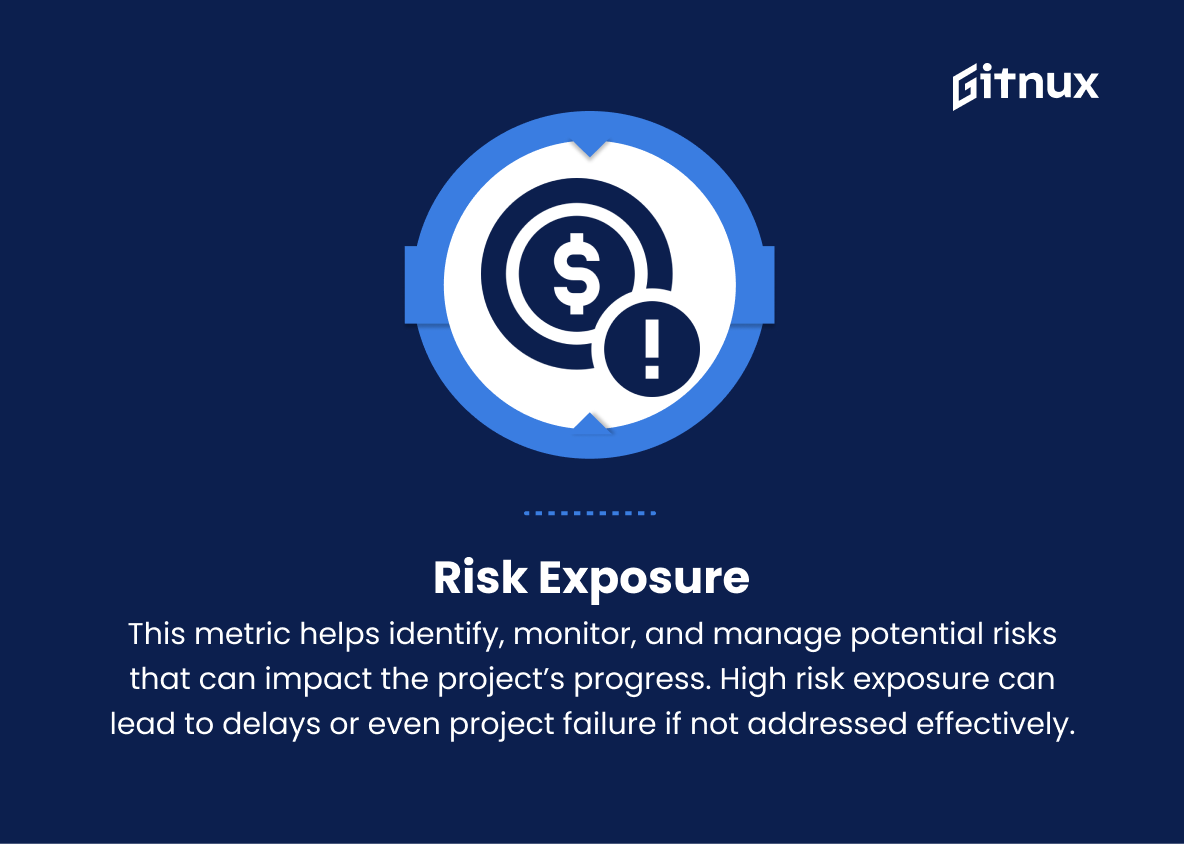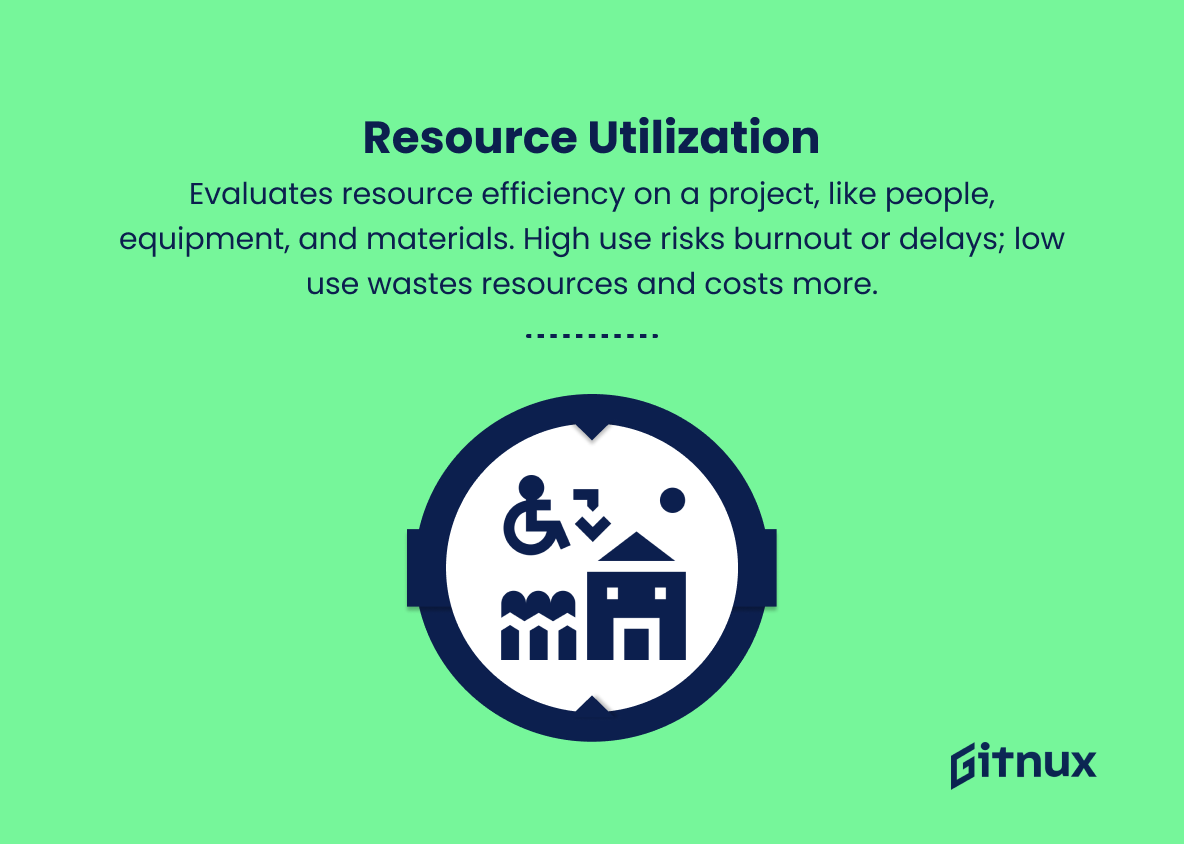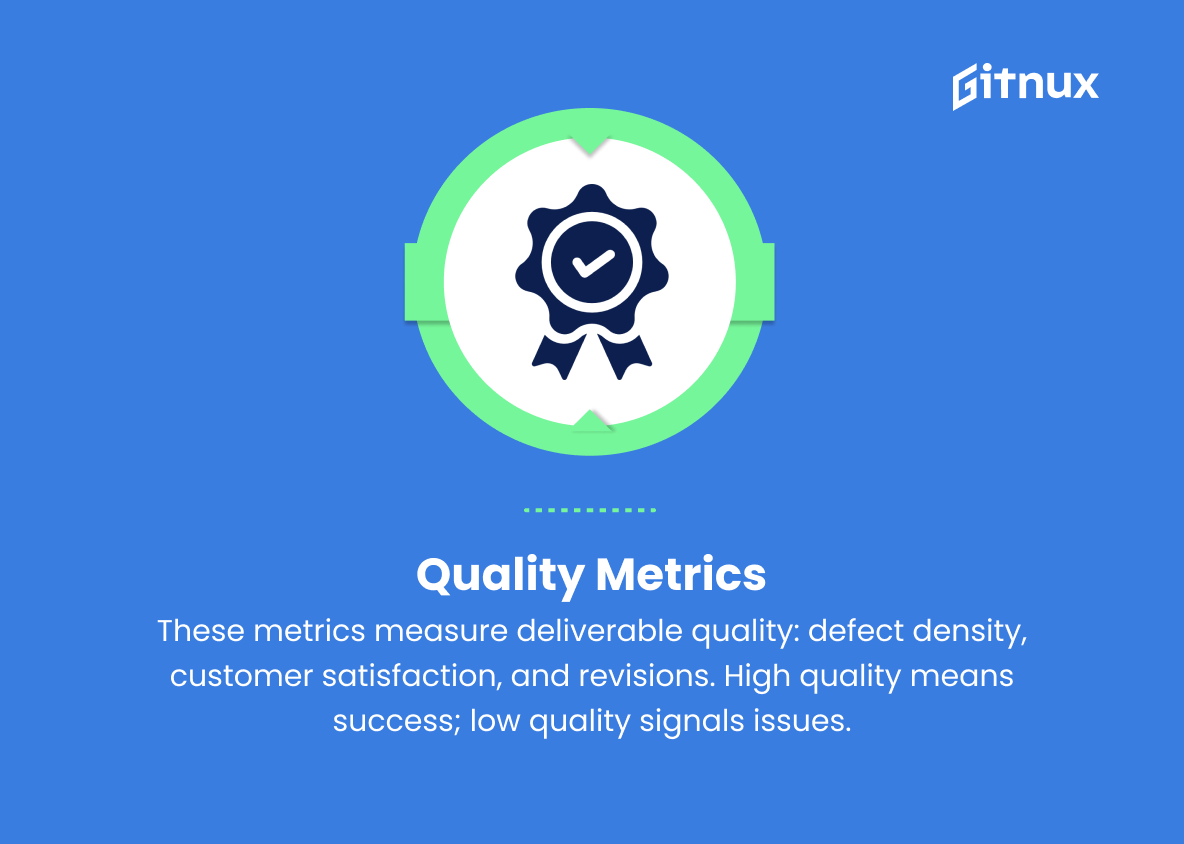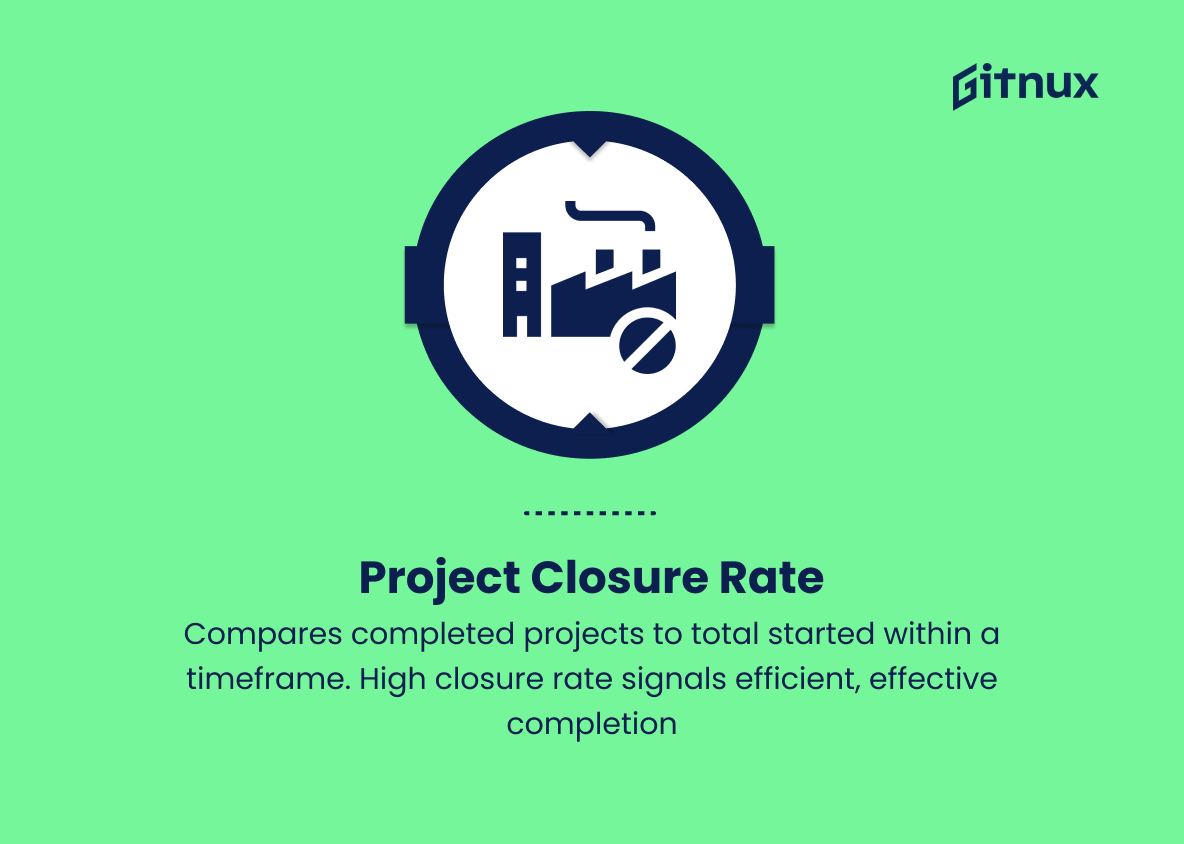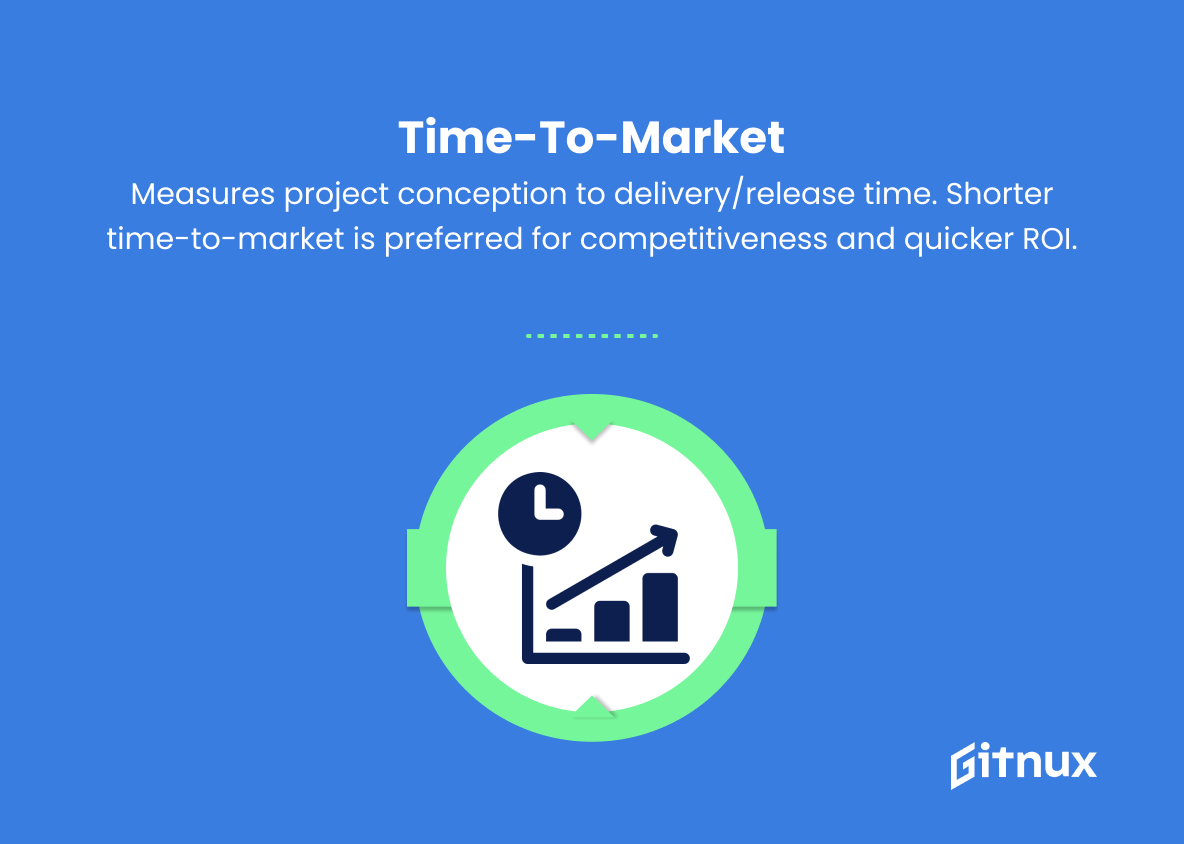In today’s data-driven world, the importance of accurately measuring and analyzing the performance of projects has become paramount. Project Health Metrics provide an essential means to achieve this, by offering valuable insights into the overall well-being, progress, and success of projects.
In this blog post, we will delve deep into the world of Project Health Metrics, exploring their significance, best practices, and the benefits they bring to the table for organizations across all industries. Join us in this eye-opening discussion, as we unravel the intricacies of Project Health Metrics and learn how they can revolutionize the way we manage our projects and achieve desired outcomes.
Project Health Metrics You Should Know
1. Schedule Variance (SV)
This metric measures the difference between the planned and actual project progress. A positive SV indicates the project is ahead of schedule, whereas a negative SV suggests the project is behind schedule.
2. Cost Variance (CV)
This metric compares the planned budget with actual expenses. A positive CV means the project is under budget, while a negative CV indicates the project is over budget.
3. Schedule Performance Index (SPI)
This is a ratio that compares the project’s progress relative to the planned schedule. An SPI greater than 1 indicates the project is ahead of schedule, while an SPI less than 1 shows the project is behind schedule.
4. Cost Performance Index (CPI)
This ratio compares the project’s earned value to its actual cost. A CPI greater than 1 signifies the project is under budget, whereas a CPI less than 1 indicates the project is over budget.
5. Earned Value (EV)
This is the measure of the project’s progress expressed in monetary terms. It is calculated by multiplying the percentage of the completed work by the planned budget.
6. Scope Variance
This metric assesses changes in the project’s scope, and whether the project is meeting its initial objectives. A scope variance can indicate the project team needs to revisit the project’s objectives and realign expectations.
7. Risk Exposure
This metric helps identify, monitor, and manage potential risks that can impact the project’s progress. High risk exposure can lead to delays or even project failure if not addressed effectively.
8. Resource Utilization
This metric evaluates the efficiency of resource allocation and usage on a project, including human resources, equipment, or materials. High resource utilization can lead to burnout or schedule delays, while low utilization can result in wasted resources and increased costs.
9. Quality Metrics
These metrics assess the quality of the project’s deliverables, such as defect density, customer satisfaction, and the number of revisions or rework needed. High quality metrics indicate a successful project, while low quality metrics can suggest issues with deliverables or processes.
10. Stakeholder Satisfaction
This metric measures the satisfaction level of project stakeholders, such as clients, team members, or sponsors. High stakeholder satisfaction typically results in better project outcomes and positive relationships, while low satisfaction can lead to project conflicts and reduced motivation.
11. Project Closure Rate
This metric compares the number of completed projects to the total number of projects starting in a specific time frame. A high closure rate indicates that projects are being completed efficiently and effectively.
12. Time-to-Market
This metric measures the time it takes for a project to go from conception to delivery or release. A shorter time-to-market is generally preferred, as it can lead to increased competitiveness and a faster return on investment.
Project Health Metrics Explained
Project Health Metrics such as Schedule Variance (SV), Cost Variance (CV), Schedule Performance Index (SPI), Cost Performance Index (CPI), Earned Value (EV), Scope Variance, Risk Exposure, Resource Utilization, Quality Metrics, Stakeholder Satisfaction, Project Closure Rate, and Time-to-Market are crucial in understanding a project’s progress, efficiency, and effectiveness.
These metrics help in providing valuable insights into whether the project is on schedule, within budget, aligned with its scope, and managing risks effectively. Additionally, they evaluate the proper allocation of resources, the quality of deliverables, and the satisfaction of stakeholders involved in the project. A well-monitored set of Project Health Metrics can help in achieving better project outcomes, fostering positive relationships between stakeholders, and ensuring a competitive advantage by delivering projects timely. Overall, keeping a close watch on these metrics allows for more informed decision-making, increased efficiency, and improved collaboration throughout the project lifecycle.
Conclusion
In summary, Project Health Metrics play a crucial role in ensuring the success and long-term sustainability of any project. By diligently analyzing and monitoring key performance indicators, teams can identify areas of improvement, bridge performance gaps, and optimize resource allocation.
By providing stakeholders with relevant, accurate, and timely data, they can make informed decisions to continually improve the project. Ultimately, the strategic use of Project Health Metrics can lead to increased efficiency, cost-effectiveness, and a higher return on investment for all involved.
